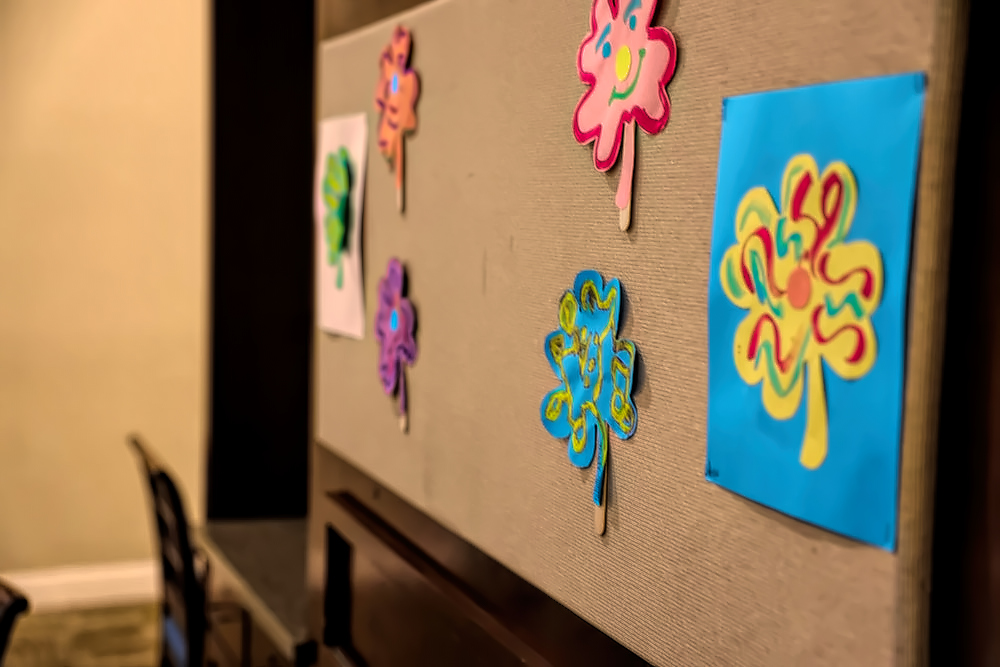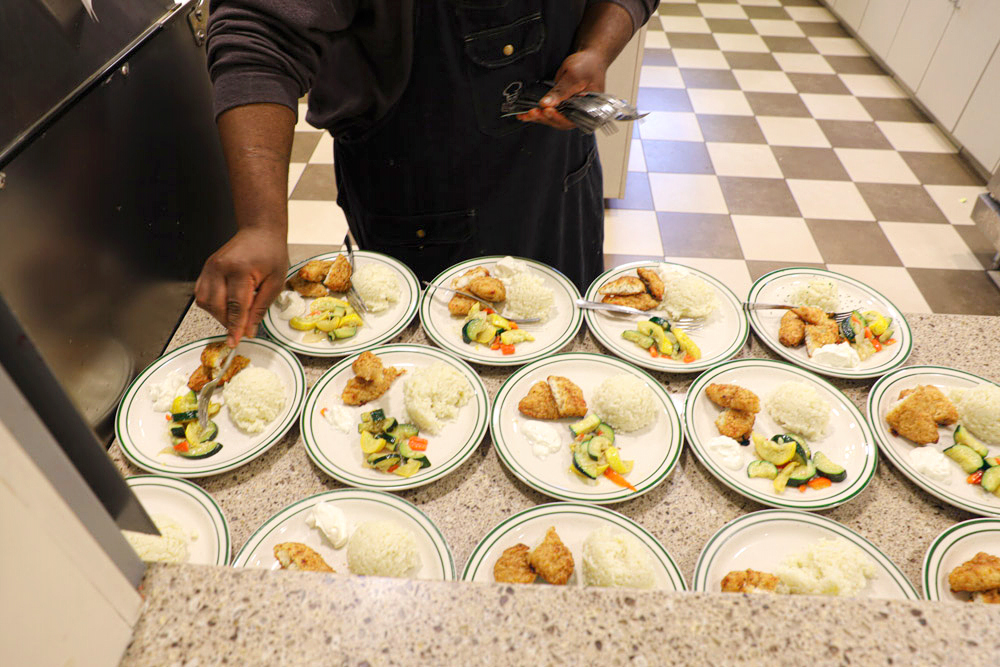5 Tips for Adjusting to Assisted Living

Adjusting to Assisted Living Facility
If you’re a caretaker who’s made the difficult yet necessary decision to move your loved one into an assisted living facility, you’re probably feeling nervous about the transition. Will your loved one like their new home? Will they feel confused? Angry? Lonely? How can you make them feel as comfortable and at home as possible?
At Barton House Memory Care, we’ve watched countless caregivers and their loved ones make this transition, and we’ve watched loved ones thrive in their new environment, make friends, and participate in activities they maybe weren’t getting to do before. But we also know this transition takes time, intention and preparation. Knowing what to expect and how to prepare your loved one will ensure a smoother transition for you and them.
Moving your loved one into an assisted living facility is a difficult transition, no matter what.
How long does it take to adjust to an assisted living facility?
We get this question a lot: How long will it take for my loved one to adjust to assisted living? You may hear some experts say three to six months or 60-90 days, but in reality, every individual is different. Some adjust quickly. Others take more time. You know your loved one best. How do they do with transitions in general? What level of care are they needing? If they have dementia, how progressed is their disease? All of this will affect how long they take to adjust to their new surroundings and start feeling at home. In the meantime, there are several things you can do as their caregiver to ease the transition.
1. Personalize their space.

Make sure your loved one’s room or apartment contains photos and mementos they love. A favorite quilt, photos of their grandkids, a special mug. These touches can make their room feel warm and inviting and remind them of home. Senior care expert Ali Arnett also suggests sending their own linens, their favorite clothes and the toiletries they use at home. This will make their space feel and smell familiar. She warns against sending big pieces of furniture or too many items that would clutter their room as they may need a wheelchair or walker in the future. You can also include an address book with contact information for their friends and family, so they know how to stay in touch.
2. Visit often.

Some caretaking facilities advise caretakers to not visit for the first week or two after your loved one moves in, but we don’t take this approach. Dropping off your loved one can be a difficult experience. They may feel abandoned or forgotten. They might be confused about where they are. Your presence offers reassurance. It reminds them that you are still there supporting them. They just live somewhere else now. Visit early but not so much that your loved one doesn’t have an opportunity to meet the other residents and participate in activities. It is important that they get to know the other residents and caretakers.
Assisted living expert Mary Jo Gibbons suggests participating in the community alongside your loved one. Eat with them at meals. Do one of the day’s activities with them. Most facilities welcome and encourage family participation since this can greatly help your loved one during their transition time and help them feel at home in the future.
3. Get to know the staff.

Gibbons says that at her facility, every caretaker fills out a life history form, where they write down everything they want the staff to know about their loved one. This helps her and her staff know how to care for each resident, what could trigger them and what could help them as they make the transition. Even if your loved one’s assisted living facility doesn’t have a form like this, you can initiate this conversation with the staff. The more they know about your loved one, the better they will be able to care for them.
4. Don’t sugarcoat everything.

Liz O’Donnell, the author of Working Daughter: A Guide to Caring for Your Aging Parents While Making a Living, encourages caregivers to listen to and affirm their loved one’s fears about transitioning into assisted living. Rather than focusing on the positive and telling them everything will be OK, let your loved one express how they are really feeling. Their feelings are valid. If you dismiss them, they will not feel listened to or cared for, which could make the transition into assisted living even more difficult. Instead, validate their concerns. Tell them you understand that this is hard, and you will be with them every step of the way.
5. Remember, home is a feeling.

After moving into an assisted living facility, your loved one will likely at some point ask you to take them home. This can be difficult to hear and difficult to know how to respond to. But, as O’Donnell points out, if your loved one is living with dementia, home could be their childhood home or another home from their past. They might not be referring to your home or their most recent home. She also points out that home is just as much a feeling as it is a place. A care home can start to feel like home to your loved one, especially if you personalize their space and encourage them to meet others in the assisted living facility and build relationships.
The Preparation for Adjusting to Assisted Living
Moving your loved one into an assisted living facility is a difficult transition no matter what. Keep these tips in mind and stay in communication with the staff at your loved one’s future home. Ask them what you can do and how you can prepare to help make this transition as smooth as possible. It might not happen right away but trust that with the proper preparation and care, your loved one will start to feel at home.





